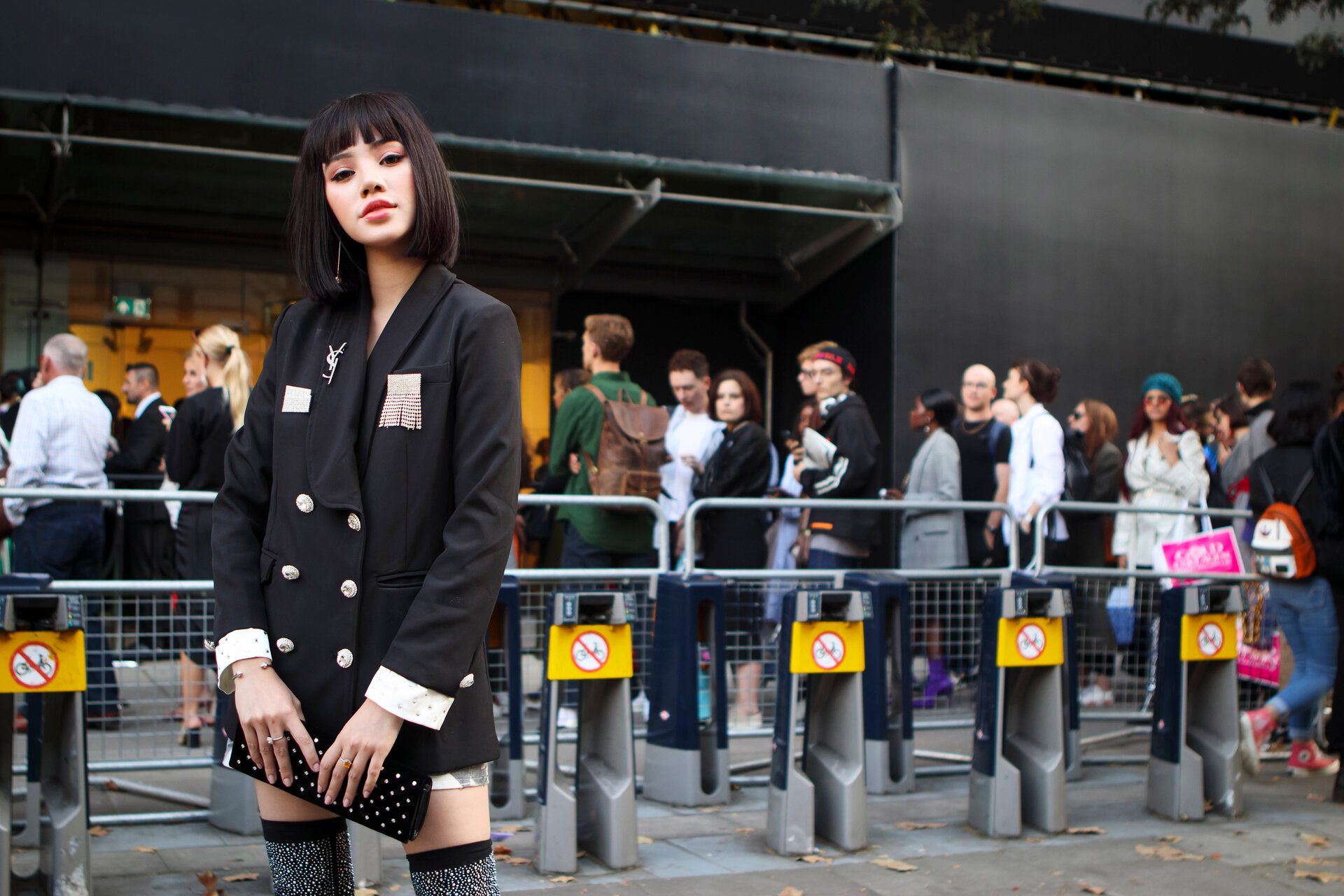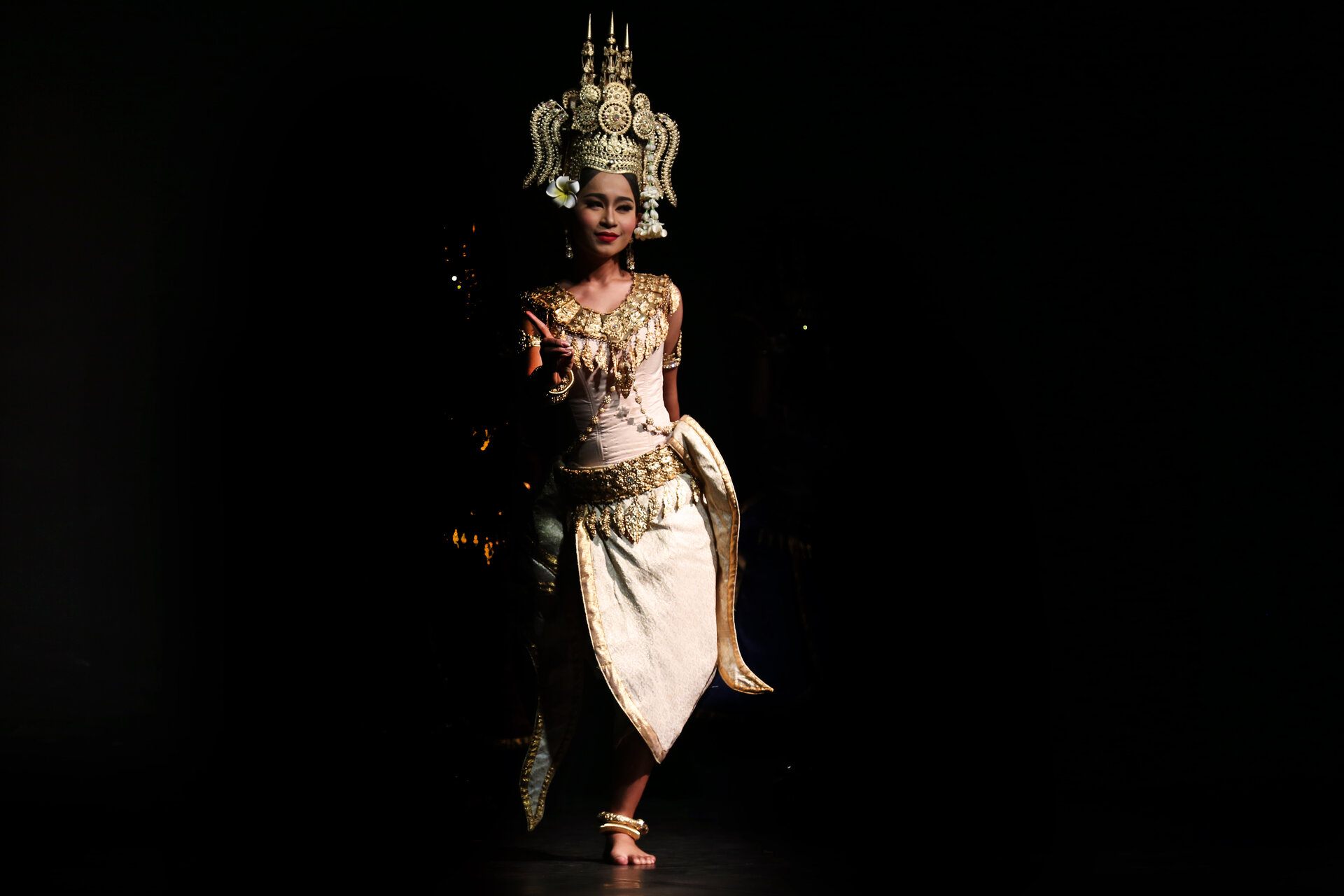Gen Z — globally defined by their digital fluency, aesthetic instinct, and post-ironic humor — is often portrayed as progressive, outspoken, and radically individualistic. But in Cambodia, this generation carries a more complex identity: one shaped by high-speed connectivity and deeply rooted cultural codes.
This is a generation that might stream K-pop on YouTube, wear Western streetwear, and follow feminist creators on TikTok — while still living under the roof (and rules) of conservative parents. They post memes by day and pour water at a Buddhist shrine with their family by night.
Cambodian Gen Z doesn’t live in contradiction.
They live in duality.
Understanding that duality is the key to communicating with — not just marketing to — this influential and rising consumer group.

A Generation of Firsts — And Expectations
Born after 1997, Cambodian Gen Z grew up in a digitally connected but culturally traditional world. They are:
- The first generation raised entirely in a post-war, globally connected Cambodia
- The first to grow up on smartphones, not just with them
- Often first-generation university students or entrepreneurs
- Expected to succeed and conform
This generation is not rejecting tradition. They’re navigating it. Which means any brand message that assumes Gen Z wants to “break free” or “disrupt the norm” misses the point.
They don’t want rebellion. They want balance.
The 3 Zones of Gen Z Duality
1. Self-Expression vs. Family Expectations
They post boldly on Instagram, explore gender fluidity in their private lives, and share opinions in Telegram groups — but may keep those identities hidden offline. They speak two emotional languages: one for their peers, another for their parents.
2. Global Aesthetics vs. Local Values
Their tastes are shaped by Korean skincare brands, Japanese minimalism, and Western creator culture — but what earns lasting trust is often a brand’s alignment with Khmer values: respect, subtlety, and communal care.
3. Independence vs. Interdependence
While Gen Z aspires to financial freedom, many still contribute to family income or live in extended households. Decisions — from what to wear to what to study — are often made with others in mind. Buying power is individual. But buying behavior is often collective.
What This Means for Brands
Stop Assuming They Want to Stand Out
Gen Z in Cambodia is less interested in being “iconic” than being understood. Brands that speak too loudly risk alienating them — not because they’re boring, but because they’re still negotiating their identity across two worlds.
Design for Flexibility, Not Extremes
They want personal choice, but not social shame. A gender-neutral skincare product might succeed — not because it’s radical, but because it’s softly liberating.
Relevance Must Be Multilingual — Culturally
The language, visuals, and tone that work online need to be adaptable for real-life interactions. This isn’t just about translating words. It’s about knowing when to whisper and when to speak.
Tone, Messaging & Trust
Trust for Gen Z isn’t built through edginess. It’s built through emotional precision.
They’re more likely to engage with brands that:
- Represent modern identity without mocking tradition
- Use humor without disrespect
- Empower without being performative
- Acknowledge complexity instead of simplifying it
Final Thought: Don’t Force a Generation to Choose
Gen Z in Cambodia isn’t looking for a side to pick.
They’re creating space for both — the ancestral and the individual, the collective and the expressive.
Your brand doesn’t have to choose either.
But it does need to understand both.
The brands that succeed won’t be the loudest or trendiest.
They’ll be the ones that speak with cultural fluency — to a generation fluent in both modern dreams and traditional codes.





